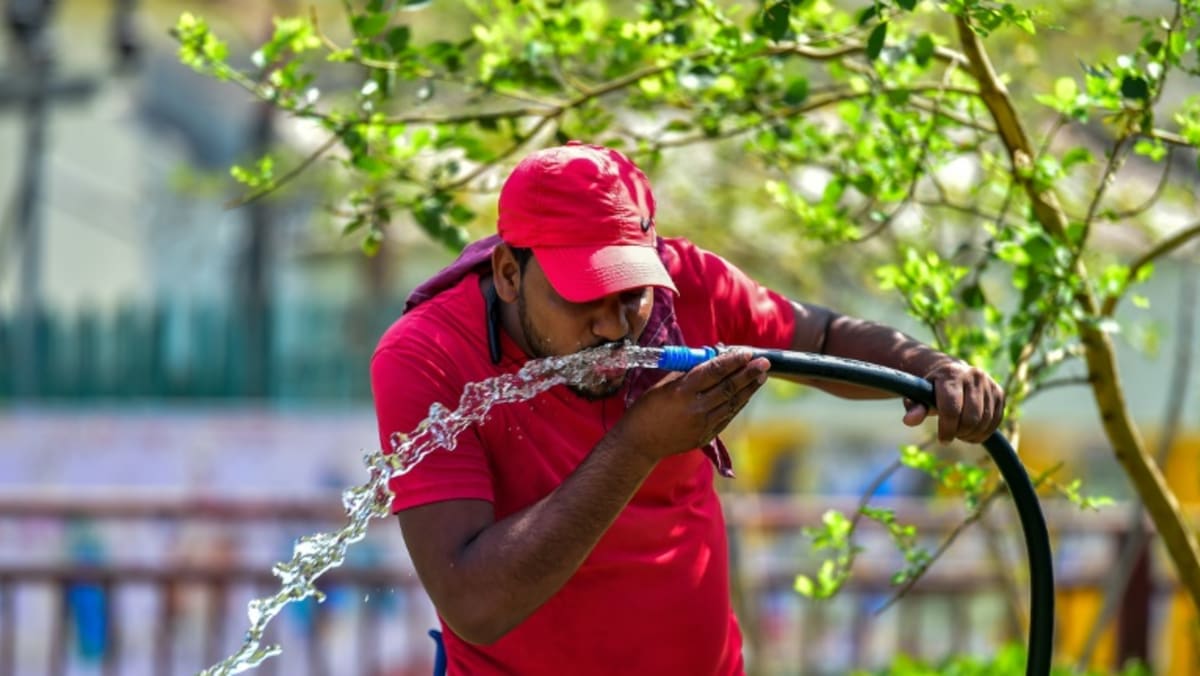
The analysis also found that such events in India and Bangladesh, previously once-a-century, can now be expected around once every five years because of human-caused climate change.
For Laos and Thailand, if global temperatures rise by two degrees Celsius – as will happen within around 30 years if emissions are not cut rapidly – such extreme events could happen every 20 years, compared to every two centuries now, the study said.
“We see again and again that climate change dramatically increases the frequency and intensity of heatwaves, one of the deadliest weather events there are,” said Friederike Otto of the Grantham Institute for Climate Change and the Environment, who was involved in the study.
“Still, heat action plans are only being introduced very slowly across the globe. They need to be an absolute priority adaptation action everywhere, but in particular in places where high humidity enhances the impacts of heatwaves,” she added.
Scientists were previously reluctant to directly link a particular event to climate change, but in recent years a new field of “attribution science”, like that done by the WWA, has emerged.
Some weather events have a more complicated relationship to global warming than others, with the relationship to heatwaves and increased rainfall relatively easy to study.
Other phenomena such as droughts, snowstorms, tropical storms and wildfires are more complicated however, according to the WWA.

